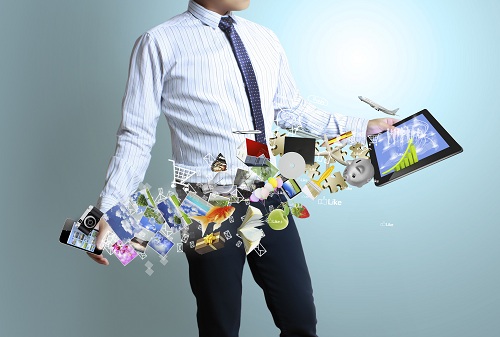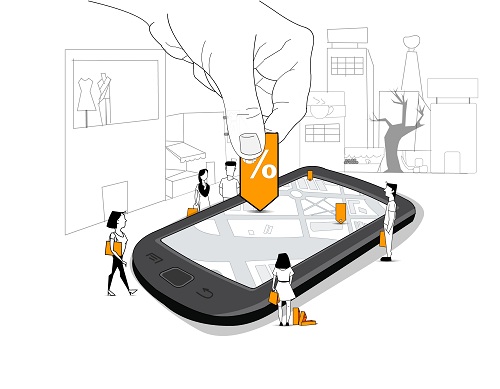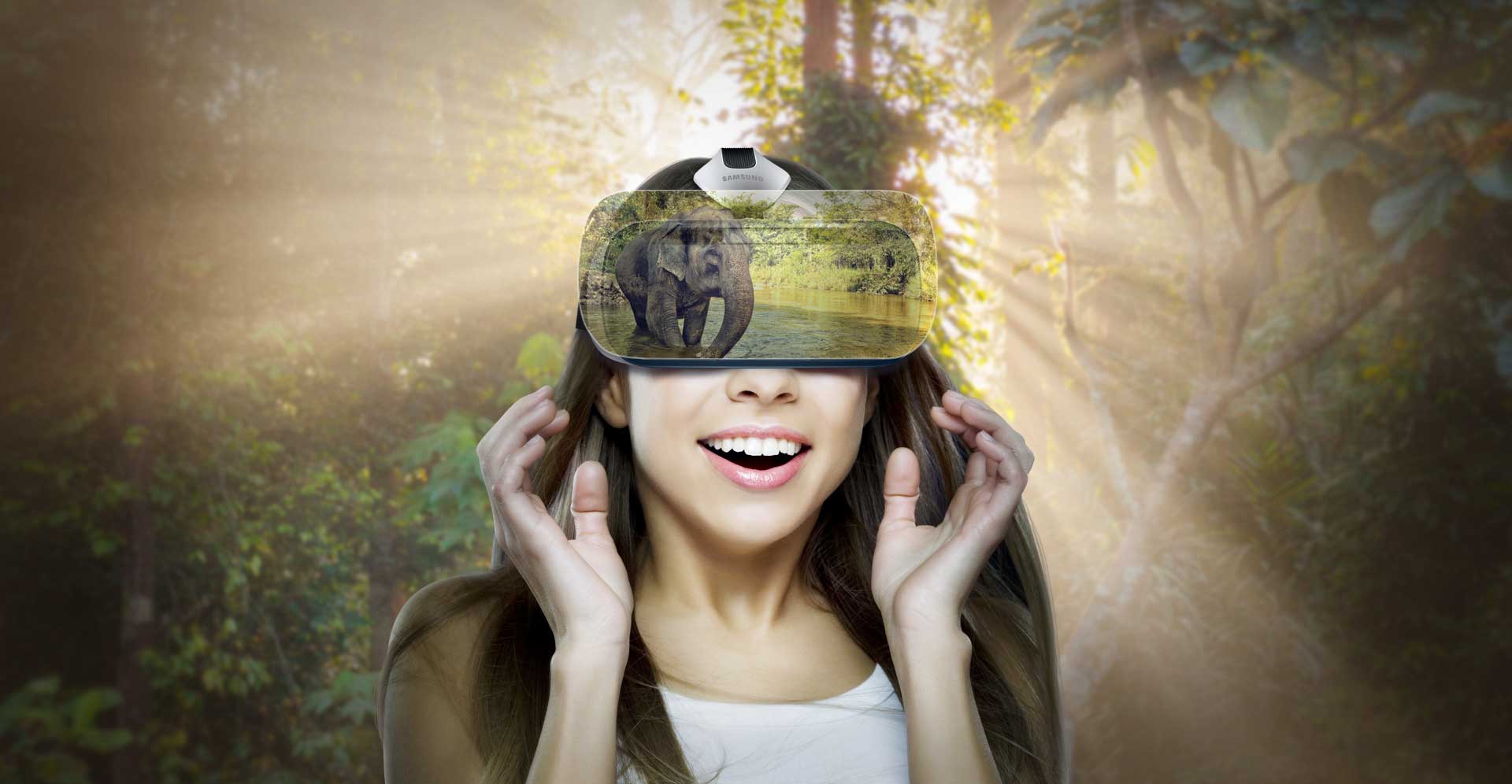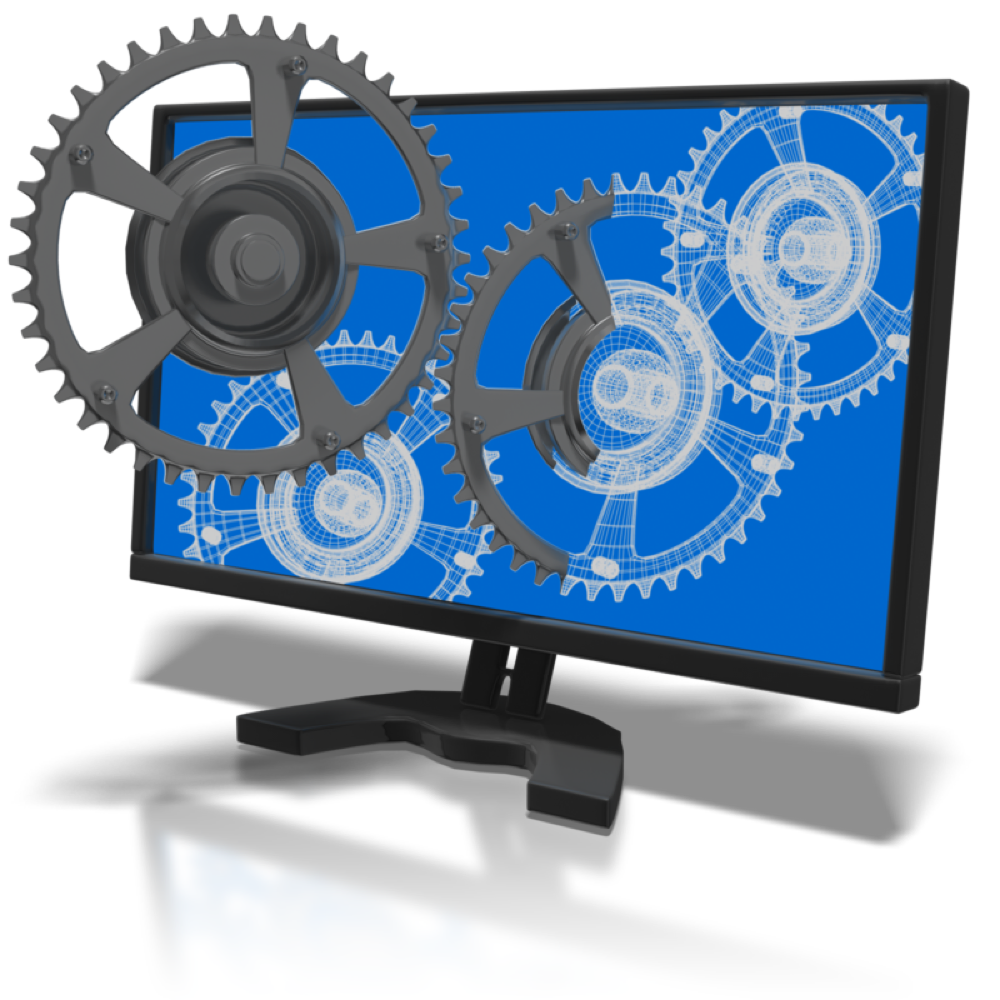Marketing Trends to Watch in 2016
By Justin Toy
The New Year is right around the corner so it's time to look ahead and see what marketing trends will help shape 2016. Over the past several years, digital marketing has undergone a number of profound changes, causing many marketers in the industry to be constantly playing catch up. Below is a look at seven trends that proactive marketers should be centering their marketing strategies around in 2016. Implement these and watch the sales roll in.
1) Relationship Marketing
The number of smartphone users continues to increase with an estimated two billion users worldwide now. This ability to be constantly connected with your customers all over the globe is allowing marketers and businesses to create a more intimate and personal relationship which is being dubbed "relationship marketing". Its goal is to focus on loyalty and building stronger long-term customer engagements rather than one-time sales and short-term customer acquisitions. Relationship marketing helps companies develop firm, emotional connections with customers which can lead to a positive word-of-mouth and lead generation. Through meaningful customer relationships and conversations, companies can create loyalists and brand advocates.
2) Location-based Marketing
In the past, it was completely hit-or-miss if your marketing message actually reached your target audience. Today, marketers are able to leverage the power of location-based marketing technology to create interactive experiences and connect with customers as they come into contact with exhibits, products, services and apps. New technologies, such as iBeacons, are becoming increasingly popular in marketing campaigns. Small, and relatively inexpensive, these transmitters are able to detect when compatible devices are nearby. They are perfect for using in merchandising areas and point-of-sale displays. A study completed earlier this year by inMarket showed that interactions with advertised products have increased nineteen-fold! Getting notifications of promotions and sales that are relevant and presented at the right moment is an extremely powerful influence on purchasing decisions.
 Radio Frequency Identification Devices (RFID) are small electronic gadgets that contain a chip and antenna, providing a unique identifier. RFIDs are being increasingly used in cards, wristbands and apps, providing marketers and event organizers with opportunities to disseminate information and boost their "likes" and "shares" across all social media channels. Budweiser implemented a campaign using RFID during the 2014 FIFA World Cup in Brazil. They developed the "buddy cup" where you could "Facebook friend" anyone that you clinked glasses with (provided they were also involved). Whole Foods is currently working on a new shopping cart with a tablet and RFID reader. The cart will allow consumers to upload their shopping list to the cart. As the shopper adds items to the cart, their list will be updated using RFID technology.
Radio Frequency Identification Devices (RFID) are small electronic gadgets that contain a chip and antenna, providing a unique identifier. RFIDs are being increasingly used in cards, wristbands and apps, providing marketers and event organizers with opportunities to disseminate information and boost their "likes" and "shares" across all social media channels. Budweiser implemented a campaign using RFID during the 2014 FIFA World Cup in Brazil. They developed the "buddy cup" where you could "Facebook friend" anyone that you clinked glasses with (provided they were also involved). Whole Foods is currently working on a new shopping cart with a tablet and RFID reader. The cart will allow consumers to upload their shopping list to the cart. As the shopper adds items to the cart, their list will be updated using RFID technology.
3) Virtual Reality
Virtual reality (VR) and augmented reality are on the cusp of being the next big technology. Facebook bought Oculus Rift for two billion dollars back in 2014 in an attempt to stay ahead of the curve. Facebook CEO Mark Zuckerberg realizes the potential of VR as the platform that will eventually change the way we do everything. Back when he acquired Oculus he said that "mobile is the platform of today, and now we're getting ready for the platforms of tomorrow."
 VR will allow customers to completely submerge themselves in an immersive environment that looks and feels completely real. For now, VR is still just a novelty and hasn't quite reached the mainstream yet. Many analysts predict it will start to be more ubiquitous in the gaming industry in 2016. Additionally, as the technology to create and consume becomes more accessible, smart marketers will look for ways to bring their products to the virtual world. Imagine driving virtual models of BMWs, Ferraris, and Aston Martins in the newest Gran Turismo racing games.
VR will allow customers to completely submerge themselves in an immersive environment that looks and feels completely real. For now, VR is still just a novelty and hasn't quite reached the mainstream yet. Many analysts predict it will start to be more ubiquitous in the gaming industry in 2016. Additionally, as the technology to create and consume becomes more accessible, smart marketers will look for ways to bring their products to the virtual world. Imagine driving virtual models of BMWs, Ferraris, and Aston Martins in the newest Gran Turismo racing games.
Virtual reality technologies, like Oculus Rift and Magic Leap, will inevitably have a huge impact on the way that marketers engage with consumers in 2016 and beyond. With the ability to literally submerge consumers into stories, marketers will be able to connect with audiences like never before. At the same time, VR will allow access to incredible new data and metrics that can help refine future marketing campaigns. Marketers will be able to track eye movement while the headsets are on, allowing them to know what colours and images individual consumers prefer and find engaging.
4) Ephemeral Marketing (Marketing with an expiration date)
Snapchat, and other ephemeral sites, are quickly moving from being marketing experiments to becoming standard marketing platforms. Marketers are beginning to understand that Snapchat isn't just a flash in the pan or a sandbox for marketing experiments. It is a platform with over 50 million users who are digesting social media in real time.
A number of marketers have been creating exclusive content which disappears after it reaches its expiration date. This "less is more," or ephemeral, marketing approach is all about the concept of succinct communication. In a world where people have volatile attention spans, this model works. Brands such as ESPN, Vice, and Comedy Central have been using Snapchat to primarily increase brand awareness and drive a specific marketing strategy. On Snapchat, the advertisement itself becomes the product. Take advantage of this opportunity to connect using just a small window of your audience's time. Be genuine, speak your their language, and keep it simple.
5) Internet of Things (IoT)
The Internet of Things (IoT) will continue to grow with wearable technology such as smart-watches and fitness trackers at the forefront. In America, wearable technology is currently estimated to have an adoption rate of approximately 28 percent but this figure is expected to grow considerably in 2016. These new IoT devices will provide marketers with a treasure trove of user data that can be analyzed to bring new insights and opportunities.
In the future, ads will have the capacity to target people based on their every move. Going out for a jog? Here are some coupons for new running equipment. You just finished that box of cereal? Would you like another box sent to your door or perhaps try a different flavor? The power of these devices does seem a bit intrusive and unsettling. However, at the same time, they have the ability to help automate routine behaviour and make our lives more efficient.
6) Mobile Domination
During 2015, Google announced that mobile traffic finally overtook desktop traffic in 10 different countries. They also released the "Mobilegeddon" algorithm update that will phase out sites not optimized for mobile. However, you don't have to have an optimized desktop site in addition to a mobile version. According to Google, a mobile-only site with no desktop counterpart is perfectly acceptable. This alone won't decrease desktop traffic, but it's clear that Google sees desktop traffic fading away. Marketers should forget about optimizing websites to be viewed on desktops and focus on mobile marketing and new marketing trends.
7) Automated Marketing
Today, marketers are spending at least 50 percent of their time on content. As more and more time is dedicated to delivering well-researched, high quality content, smart marketers are looking to save time by automating as much as they can. Marketing automation itself is a growing industry worth an estimated 5.5 billion dollars and is also helping companies with lead generation and prospect nurturing. Using a marketing automation platform makes it easier to schedule emails, segment contacts, automate social media postings, manage your content, and track the lifecycle of customers in your marketing funnel. This automation trend is allowing many firms to stay lean, focused and as profitable as possible without sacrificing on quality.
---END---